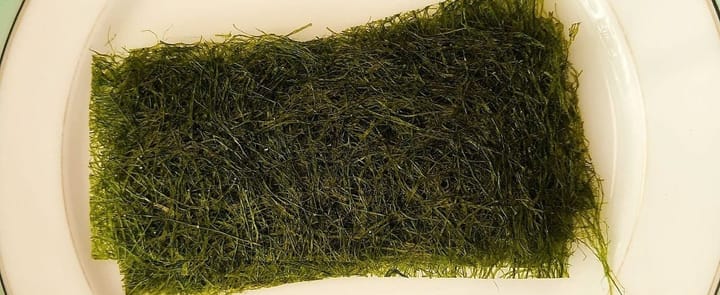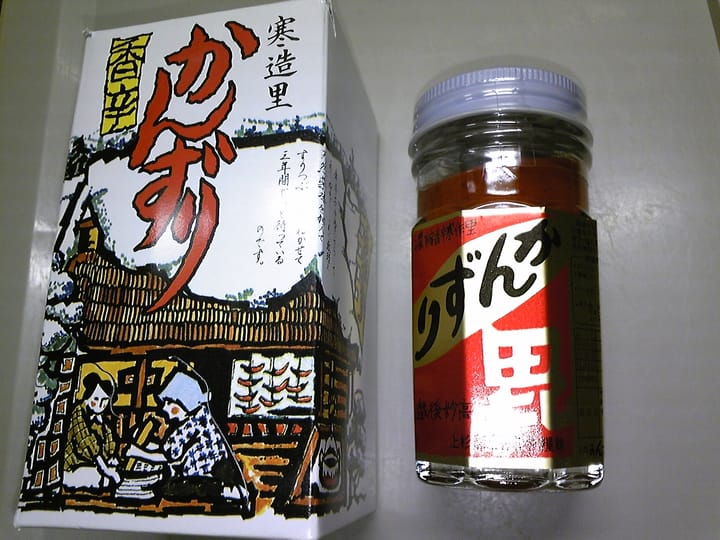Korean Pine Nuts: World's Most Expensive
Pine nuts' high cost stems from the long maturation of pine trees and the labor-intensive extraction process. With limited yields from each cone and meticulous harvesting, they've become a valued culinary commodity.
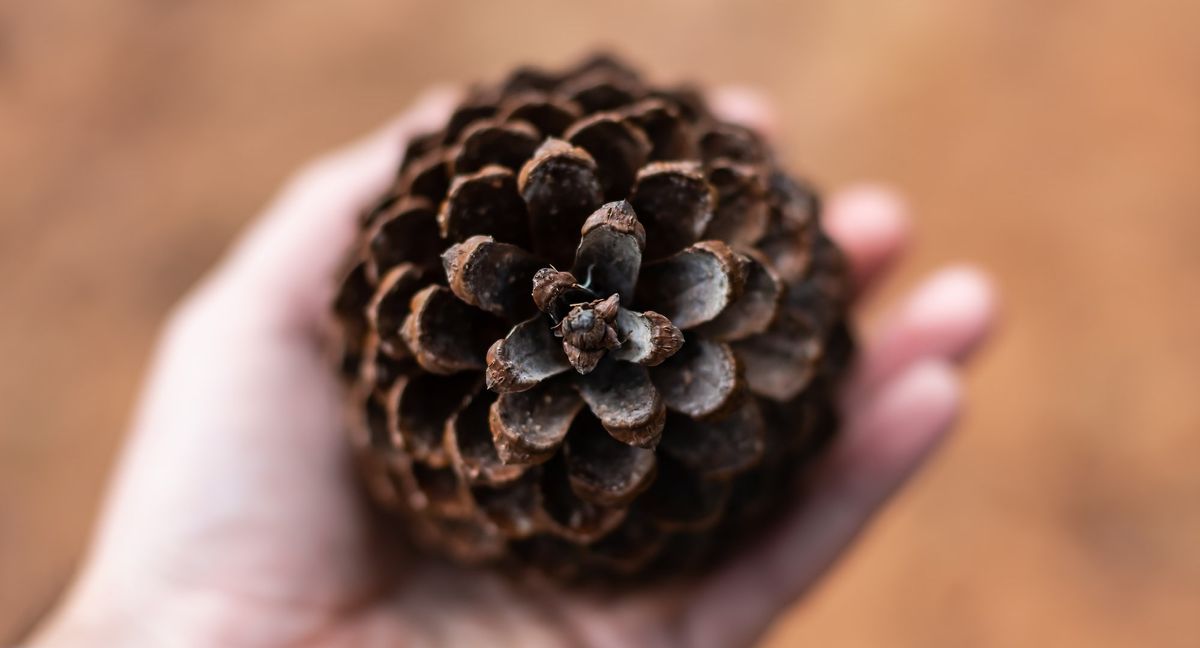
As one of the world's priciest nuts often reaching prices of up to $120 per kilogram, pine nuts boast a quiet elegance. Harvested from towering pines, these luxurious seeds enhance dishes from pestos to desserts.
Their premium stature stems from the extended cultivation time and the meticulous effort required to release them from their double shell.
Explore the pine nut realm, where rarity meets culinary artistry.
What Are Pine Nuts?
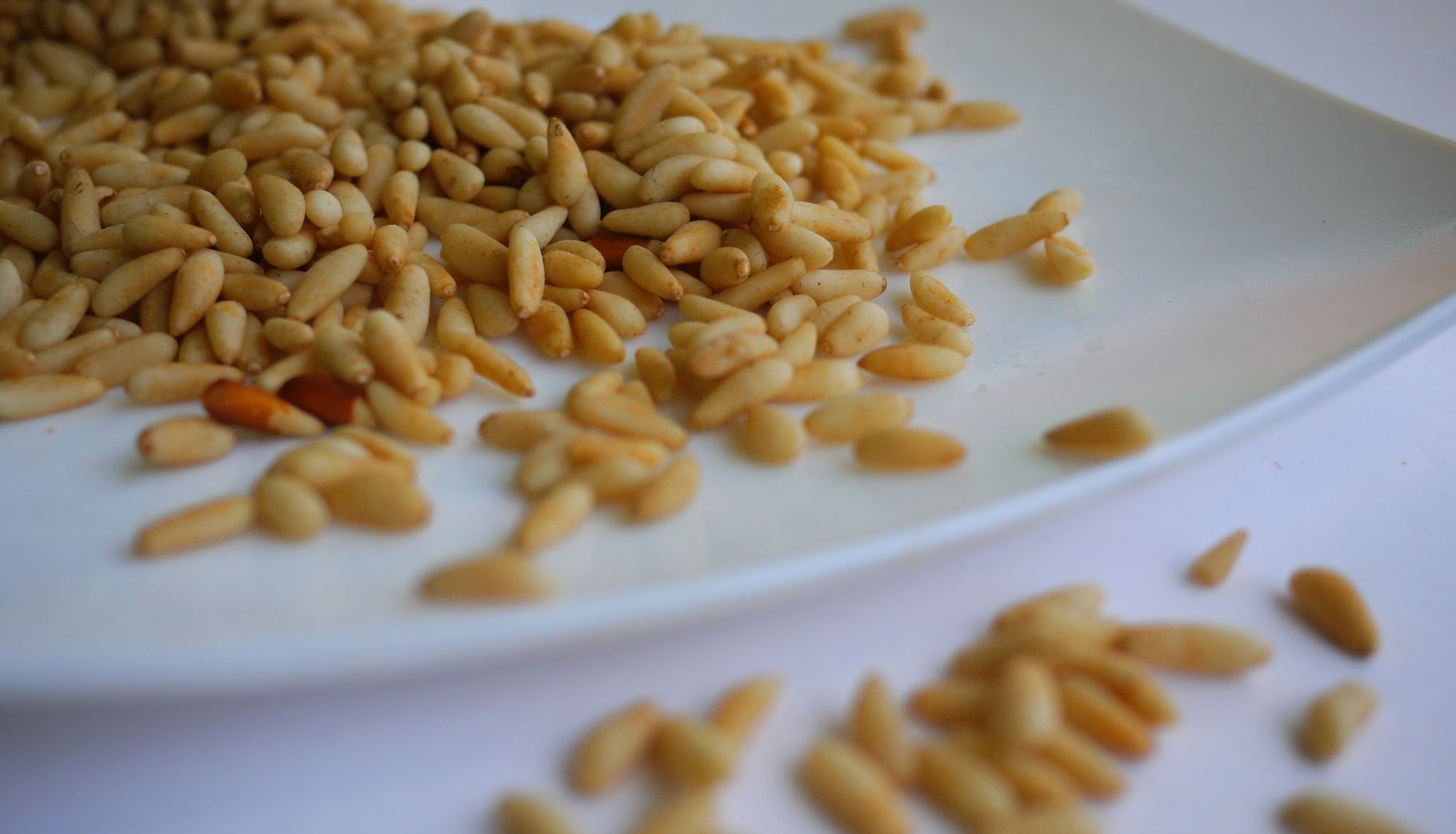
Pine nuts, also known as pignoli, are the edible seeds of pine trees. They are small, elongated, and have a delicate, buttery flavor and a soft, crunchy texture.
While there are around 20 species of pine trees that produce seeds large enough to harvest, only a handful are commercially significant.
The pine nuts we often enjoy come primarily from four distinct trees, predominantly found in the Northern Hemisphere: the Mexican pinon (Pinus cembroides), Colorado pinion (P. edulis), Italian stone pine (P. pinea), and the distinguished Korean pine (P. Koraiensis).
The Korean pine, or Pinus koraiensis, is renowned not only for being among the most expensive pine nuts but also for its historical significance.
This species harks back to the Tertiary era and is recognized as a unique and rare tree by the United Nations.
Its roots spread across eastern Asia, from Korea, northeastern China, and Mongolia to Russia's temperate rainforests and Japan's central regions.
In northern territories, the Korean pine thrives at altitudes ranging from 2,000 to 3,000 feet. However, in southern regions like Japan, it prefers lofty mountain heights, between 6,600 to 8,500 feet.

Flavor Profile
Characterized by a creamy, buttery essence, they also possess subtle undertones of earthiness and a hint of sweetness.
Unlike other nut varieties, they leave a light, refreshing aftertaste with a faint piney note.
This unique blend of tastes makes them a coveted ingredient, suitable for savory dishes to desserts, this unique taste blend makes them a prized asset in global cuisine.
Origin and History
The journey of pine nuts from concealed treasures inside pine cones to coveted culinary gems is remarkable.
It's awe-inspiring to think of early Paleolithic humans discovering the edible and tasty heart of a pine cone, laying the foundation for a dietary tradition that spans roughly 2,000 years.
From being a valuable sustenance for ancient Europeans to nourishing Native American tribes, pine nuts have a storied past.
Today, their global appeal is undeniable, especially in Italian dishes like pesto and Middle Eastern cuisine.
Though pine trees flourish worldwide, the major hubs for commercial pine nut production are China, Korea, Russia, and Mediterranean nations.
Despite being from the same family, regional variations give each pine nut its distinct size, taste, and look.
Why Are Pine Nuts So Expensive?
There are several reasons for the high cost of pine nuts:
Harvesting Process
Pine nuts aren't farm-grown but are harvested from wild forests across China, Russia, North Korea, and Pakistan.
Their high cost is attributed to the challenging harvest process. According to experts from food and agricultural market intelligence firm, collecting pine nuts demands extraordinary effort.
Harvesters must climb these towering trees, maneuvering through closely spaced branches, unlike the more accessible walnut trees. This perilous process involves securing themselves aloft to release the nuts housed in the tree's cones.
While there's potential to cultivate pine nuts domestically, the long maturation process is a deterrent. Establishing a thriving orchard might take a quarter-century, with profitability only realized after another 25 years.
Factor in land costs and prolonged tax commitments, waiting for fruitful yields becomes economically challenging.
From Sapling to Mature Cone: Pine Tree Growth
Korean pine cones, from the tree Pinus koraiensis, typically take about three years to fully mature and be ready for harvest.
It's during this time that the pine nuts within the cones develop fully. Once matured, the cones can be harvested, and the pine nuts extracted for consumption or further processing.
Pine trees take a long time to produce their first seeds. Some trees don't start producing until they are 15-25 years old, and peak production doesn't occur until around 75 years.
Painstaking Process: From Pine Cone to Nut
Pine nuts are harvested just before full maturity, allowing them to ripen post-picking. This involves placing the freshly-picked cones in burlap sacks and letting them sun-dry for about three weeks.
The sun's warmth assists in making the cones more pliable, simplifying the nut extraction. Once primed, cones are broken open, and skilled workers meticulously separate the seeds from the fragmented shells.
Yet, there's another step: each pine nut is encased in a secondary shell. This layer varies in thickness, sometimes being a breeze to remove, other times demanding extra effort.
After this delicate process, the nuts are size-sorted, cleaned, and prepped for market. Given the hands-on expertise required at every stage, it's little wonder pine nuts come with a premium price tag.
Demand
With their increasing popularity in global cuisine, the demand for pine nuts has grown especially in US and Europe. Between 2008 and 2018, the demand in the US grew by an impressive over 200%, and an astounding 350% in Europe.
Though pine nuts represent a mere one percent of global nut consumption, their market value is significantly high. Their versatility extends beyond culinary uses; they're a staple in bakeries, confectioneries, beverages, and even cosmetics. Additionally, they're valued for their oil extraction.
From Global Groves to American Tables
According to Tridge, the market intelligence hub for food buyers and suppliers, the US predominantly sources its pine nuts from China, a nation that annually churns out an impressive 8 megatons of these flavorful seeds.
Following China, North Korea, Russia, and Pakistan stand tall as leading pine nut producers on the global stage.
China's influence in the pine nut market is undeniable; they handle roughly 65% of the world's pine nut exports and serve as the principal supplier for regions like the U.S., EU, and the U.K.
Interestingly, many pine nuts have quite the international itinerary before they grace our dishes.
A substantial number of pine nuts, harvested in-shell from other major producers, often travel to China for processing. After their transformation, they embark on another journey, frequently returning to international markets.
Health Benefits of Consuming Pine Nuts
Pine nuts, integral to Middle Eastern, Mediterranean, and Native American diets, are nutritional powerhouses.
Packed with vitamins, minerals, and unsaturated fats, they help stabilize blood sugar, making them beneficial for diabetes management.
Their rich content, especially omega-3 fatty acids, supports heart health, potentially reducing cardiovascular risks and preventing arrhythmias.
Additionally, these fatty acids boost brain function, potentially protecting against dementia.
Beyond these, pine nuts brim with essential nutrients like phosphorus, vitamin K, and calcium, marking them as both a tasty and health-promoting choice.
Interesting Facts about Pine Nuts
- Pine Mouth Syndrome: Some people experience a bitter or metallic taste lasting for days or even weeks after consuming pine nuts. This phenomenon, known as "pine mouth" or "pine nut syndrome," is not fully understood but is believed to be associated with certain species of pine nuts, particularly those imported from China.
- Cultural Significance: In some cultures, pine nuts have been symbols of fertility and prosperity. In Korea, for example, pine nuts are often used in traditional wedding ceremonies.
- Diverse Use: Beyond pesto and salads, pine nuts are used in a variety of dishes across different cuisines. They can be found in Middle Eastern baklava, Russian salads, and even in Korean confections.
- Ancient Snack: Archaeological digs in North America have uncovered caches of pine nuts dating back thousands of years, showcasing their importance as a food source for ancient civilizations.
- Not Just for Humans: Many animals, including bears, birds, and squirrels, rely on pine nuts as a critical food source.
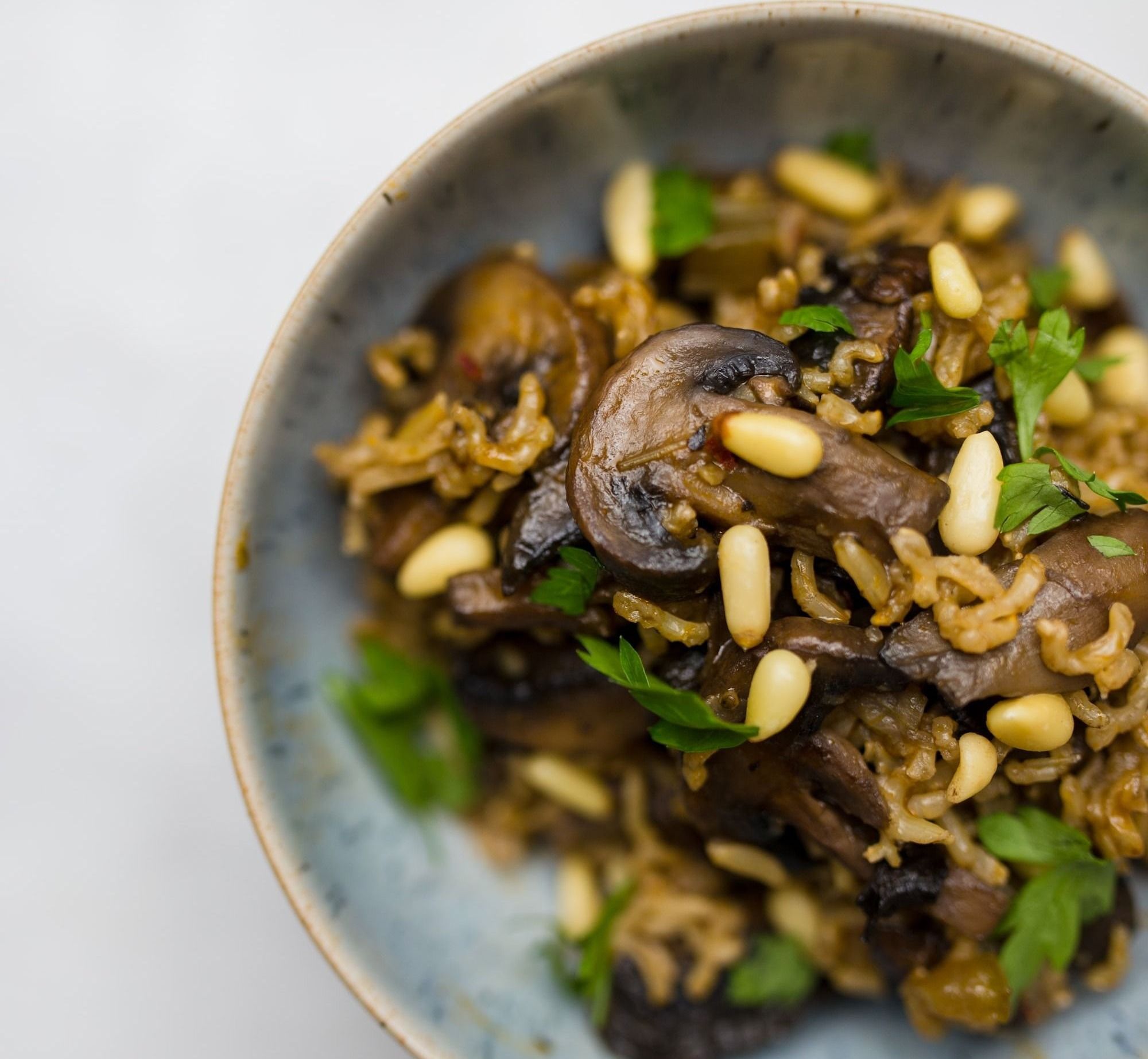
Global Delicacies
Korean pine nuts, with their distinctive buttery flavor, have been embraced by global cuisines, finding their way into a myriad of dishes.
In Italy, they've enriched the classic Pesto alla Genovese, while in the Middle East, they've added crunch to Tabbouleh and depth to Pine Nut Hummus.
Spain's Sautéed Spinach with Pine Nuts and Raisins benefits from their nuttiness, and Turkey's creamy Pine Nut Tarator is often adorned with them.
Their sweetness shines in Russia's Pine Nut Cake and the globally beloved Pine Nut Brittle.
Not to forget their traditional role in Korea's creamy Jatjuk porridge. This integration into dishes from savory to sweet underscores their culinary versatility across borders.
In Conclusion
Obtaining the petite seeds we call pine nuts is no simple feat, both in cultivating the trees and harvesting the matured nuts.
A key element elevating their cost is the prolonged duration of their growth compared to most other nut crops, leading to a reliance on wild-grown trees rather than cultivated ones.
Additionally, the process doesn't offer shortcuts for cost savings. Pine nuts' distinct flavor stands unparalleled, ensuring that for those discerning cravings, the premium price remains justified.
